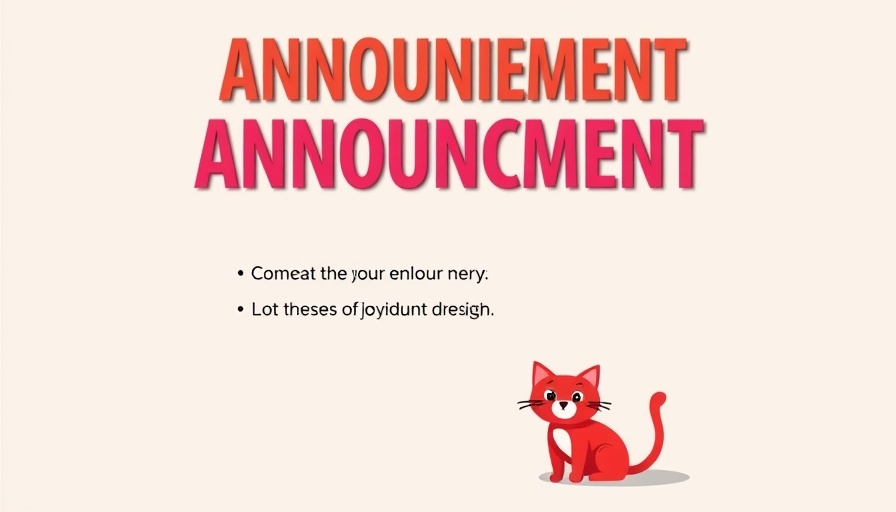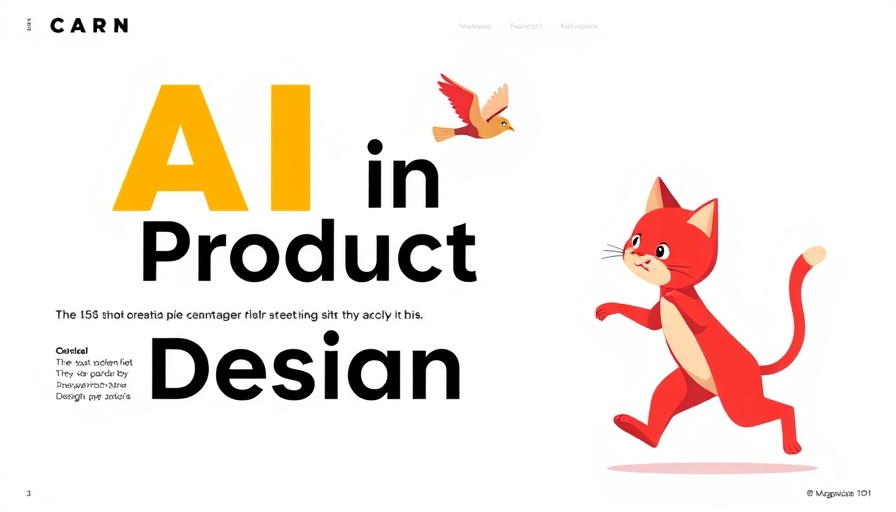
The Challenge of Notification Fatigue
In our fast-paced digital world, notifications are designed to grab our attention, but too many notifications can lead to fatigue and disengagement. Users find themselves overwhelmed, resulting in a tendency to mute notifications altogether. According to usability research, this is one of the most prevalent complaints users have regarding mobile apps and websites. The irony? Despite this negative feedback, product designers often feel compelled to increase notification frequency to remain relevant.
Understanding User Experience (UX) in Notifications
Improving the notifications UX begins with understanding how users interact with notifications. Notifications should not only inform but also enhance user engagement without contributing to cognitive overload. A well-crafted notification system takes the user's context into account, ensuring that alerts are timely, relevant, and non-intrusive. This approach builds user trust and lowers the chances of them dismissing notifications entirely.
Design Patterns for Effective Notifications
Defining clear design patterns can transform how notifications are perceived. Here are some guidelines: 1. **Prioritize Content:** Ensure the most critical notifications stand out. Use visual cues such as color or icons to indicate urgency and relevance. 2. **Timing is Key:** Schedule notifications to coincide with optimal user engagement periods. Too late or too soon can diminish effectiveness. 3. **Personalization:** Allow users to customize their notification preferences, tailoring the frequency and type of alerts they receive. A personalized experience increases satisfaction and reduces overload.
Future Insights: The Evolution of Notifications in UX Design
Looking ahead, notifications will likely undergo a transformation driven by AI and machine learning. These technologies can analyze user behavior to send smarter, more personalized notifications, adapting to users' preferences over time. This shift can significantly enhance user experience by ensuring that notifications feel relevant and timely.
Making Better Decisions with Notifications Design
To effectively implement these strategies, product designers and developers need to work collaboratively, engaging with users in the process. Regular usability testing can provide insights into how real users interact with notifications, allowing for continuous improvement. By leveraging user feedback and data, design decisions can be better tailored to meet user needs, resulting in more effective notifications.
Conclusion: Actionable Steps Towards Better Notifications
In conclusion, the design of notifications significantly impacts user experience. Prioritizing user-centered design principles can lead to an improved notification UX that captures attention rather than overwhelms users. By investing in thoughtful design, product teams can foster better user engagement and satisfaction, ultimately benefiting both users and organizations. Remember, it's not just about sending notifications; it's about sending the right notifications in the right way.
 Add Row
Add Row  Add
Add 




Write A Comment